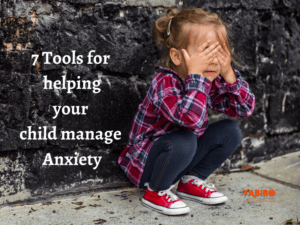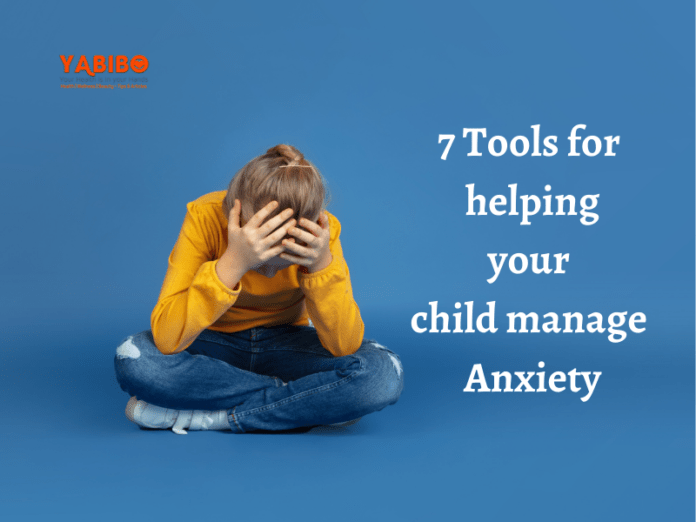Parents would like to know how to help a child with anxiety and depression. How to help a child struggling with anxiety is a query that parents often seek medical advice to deal with the problem.
Parents want their children to enjoy their childhood days. The question that arises is how to protect their children from normal activities such as going to school, socializing with friends that provoke anxiety as well as fear. How can they help their child to cope up with anxiety pangs?
Table of Contents
1. An “empathy first” approach
If the child is expressing irrational fears then parents need to assure him or her and inform him or her not to worry. This difficult approach as the person is faced with anxiety is in a “fight or flight” response. What an anxious child needs is a parent who simply feels with him and pauses with him, joining him or her in taking few deep breaths, and also validating his or her emotions as being acceptable.
Once you have empathized with the child and he has also calmed down, then and only then others solutions must be thought of as far as engaging the child is concerned. Finding out what would make the child comfortable is important.
Parents are keen to know how to help a child with anxiety and depression.
2. Avoid making the child feel like a problem has to be fixed
Children, even children without chronic anxiety do frequently struggle with fears of being “different” from their peers or are unacceptable to their parents. If the child does feel anxious then something is “wrong” with him.
In order to prevent the above from happening, avoid labeling one’s child. Avoid calling him an “anxious person” or a “worrier”.
It is good to advise the child that worrying is like a tool: It is useful in some situations, but in other situations, the brain reacts to “false alarms” on account of instinct.
How to help a child struggling with anxiety is an issue of much concern to parents.
3. Consider using play to help your child understand his anxiety
Role-playing exercises, such as having the child create a character that does embody his worry, can indeed help the child learn how to dismantle his anxieties. Make use of a toy such as a doll or stuffed animal to represent the character that a child creates. Then the parent and the child can sit together and sort out misplaced fears of the child.

4. Teaching the child how to center himself in reality
Fears do distort reality.
Helping the child to:
- Recognize worried thoughts as they tend to happen. Visualization is beneficial
- Telling the child to imagine thoughts floating above his head in “thought bubbles,” then ask him to try catching the fearful thoughts as they pop up.
- Deconstruct the thoughts as the child catches making use of factual evidence. Emphasize to the child that feelings are not facts. Debate with his thoughts if required.
5. Allow the child to worry
The more the child feels is asked to shove away his worries away, the more he will believe he is somehow failing when he cannot. Parents should instruct him not to be afraid and instead encourage the child to express his worries.
6. Affirm the importance of remaining in the present moment
Like anxious adults, anxious children also spend a lot of time preoccupied with “what ifs.” Instruct the child to try to catch his “what if” thoughts and also replace them with “what is” thoughts.
Also Read, Motivational Ideas and Tips to Make Your Child a Sportstar.
7. Help the child take “baby steps” in order to overcome fearful situations
It is usually impossible and always unhelpful for an anxious individual in order to avoid everything that is causing him anxiety. Instead, the child needs to try the “ladder” approach: Overcoming fearful situations by working up to them in rather a succession based small steps.
How to help a child with anxiety and depression is an issue that parents do discuss with medical professionals.

